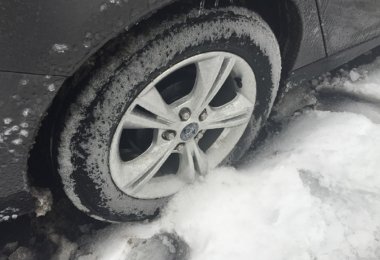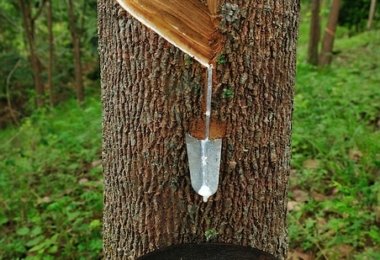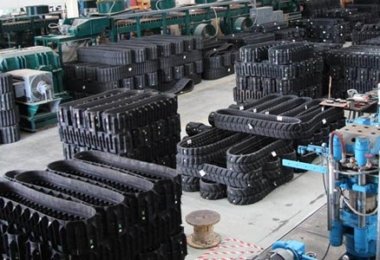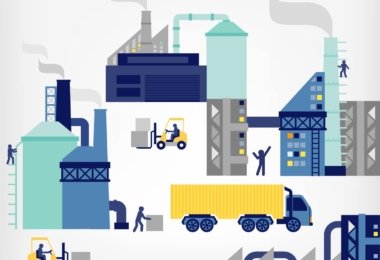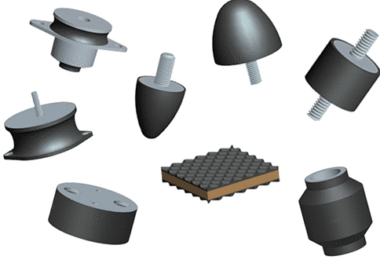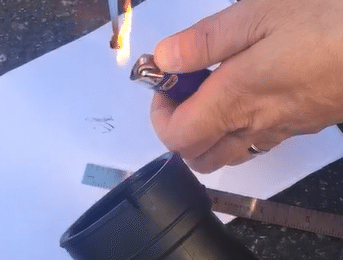Blog on the Latest Rubber Topics and Design Technologies
The Coi Rubber Blog is where you’ll learn about molded rubber products and more. Topics include molded part design, elastomer selection, and injection, compression, and transfer molding of custom rubber products for OEMs.
What is Rubber?
Rubber is a polymer which can stretch and shrink. It occurs naturally and can be synthesized as well. We have been using rubber products since ancient times. But during the 19th century it became a highly useful industrial raw product for various purposes.
Types of Rubber
Rubber can be divided into following two types based on its origin –
-
Natural Rubber
-
Synthetic Rubber
There is a wide variety of synthetic rubber available such as EPDM (Ethylene Propylene Diene Monomer) rubber, commercial black rubber, SBR (Styrene butadiene rubber), NBR (nitrile butadiene rubber), IIR (Isobutylene-isoprene) etc.
What is Natural Rubber?
Natural rubber is a natural polymer of organic compound isoprene obtained from the bark of tropical and subtropical trees. The milky white fluid which is obtained from trees is called latex. This is the reason natural rubber is also known as latex. Natural rubber is also called India rubber, Amazonian rubber and caucho. Leading producers of natural rubber are Thailand and Indonesia.
Monomer Unit of Natural Rubber – 2-methyl 1,3-butadiene (it is also called isoprene)
Structure of Natural Rubber – It is called polyisoprene or cis-1,4-polyisoprene. Its structure is given below –
Preparation of Natural Rubber
Natural rubber or rubber latex is directly collected from plants. Then it is processed for common use by various methods. It is a polymer of 2-methyl 1,3-butadiene (or isoprene). It was all about rubber, if you are looking for study material of chemistry then register yourself on Vedantu or download Vedantu learning app for class 6-10, IITJEE and NEET. By doing so you can get access to free PDFs of NCERT Solutions of Chemistry, Mock tests, Revision notes etc.
If you or your company transports or manufactures rubber parts such as seals in a cold environment then you may find the information in this article educational and useful. The importance of understanding how temperature may affect your seal is crucial. If your seal reaches -29 °C or lower temperatures then your seal may not recover. This […]
Where Rubber Comes From A majority of the people you talk to would be shocked if you were to tell them where rubber comes from. Natural rubber actually comes from a tree known as Hevea brasiliensis. Hevea brasiliensis originated in Brazil but, now the tree can be found in many countries near the equator such […]
What is Rubber Used For? Rubber is seen in almost every product you see in your daily life. For example, if you drive a car you are relying on multitudes of rubber products every day. Rubber parts found in cars include tires, hoses, gaskets, covers, and bumpers. When you go to an airport, you will […]
Benefits of Sourcing Offshore Manufacturing Cheap labor is virtually synonymous to offshore manufacturing. To be competitive on the global stage, corporations need globally competitive prices. For some, saving costs on their supply chain might be the saving grace of their business. There are risks to sourcing from offshore manufacturers, but if you educate yourself and […]
NVH Rubber Solution: Rubber Bumper Case Study A while back one of our customers was designing a rubber part for an automotive OEM and was looking for solutions to the rubber part’s squeaking problem. This part was meant to be a shock absorber on a vehicle bodyside, but previous iterations of the rubber bumper made […]
Why Is Rubber Used As Vibration Absorbers? Rubber is used as vibration absorbers, because rubber has a relatively high shear modulus compared to other materials. That means when a rubber material is shear stressed, i.e. stressed parallel to its cross-section, rubber can be stressed more before it becomes permanently deformed. In other words, when stress […]
What Are the Fire Resistant Rubber? Neoprene, Viton, and silicone are all fire resistant rubber. Neoprene’s Fire Resistance Although Neoprene was designed for its various oil and chemical resistant properties, Neoprene can also withstand burning and high temperatures. Neoprene is rated for operating temperatures up to 200°F. When heated past 200°F, Neoprene may stiffen. Neoprene […]
Classification Systems are important for making good quality rubber products. ASTM – Rubber Guidelines are necessary in ensuring that proper values are not only repeatable but accurate in an lab environment. Coi Rubber also recommends other testings just as JIS, MILSPEC, and many other OEM guideline, however, a proper ASTM – Rubber Guildline must be […]
This standard is issued under the fixed designation D 471; the number immediately following the designation indicates the year of original adoption or, in the case of revision, the year of last revision. A number in parentheses indicates the year of last reapproval. A superscript epsilon (e) indicates an editorial change since the last revision […]
What is ASTM – Rubber Guidelines? The ASTM rubber guidelines has over 12,000 standards. Within those standards, we’ll focus mostly on the D-2000. What else does ASTM cover? Many times, customers will ask engineers which specification should be used for a specific rubber compound. SAE titles ASTM D2000 as the “Standard Classification System for Rubber Products […]


